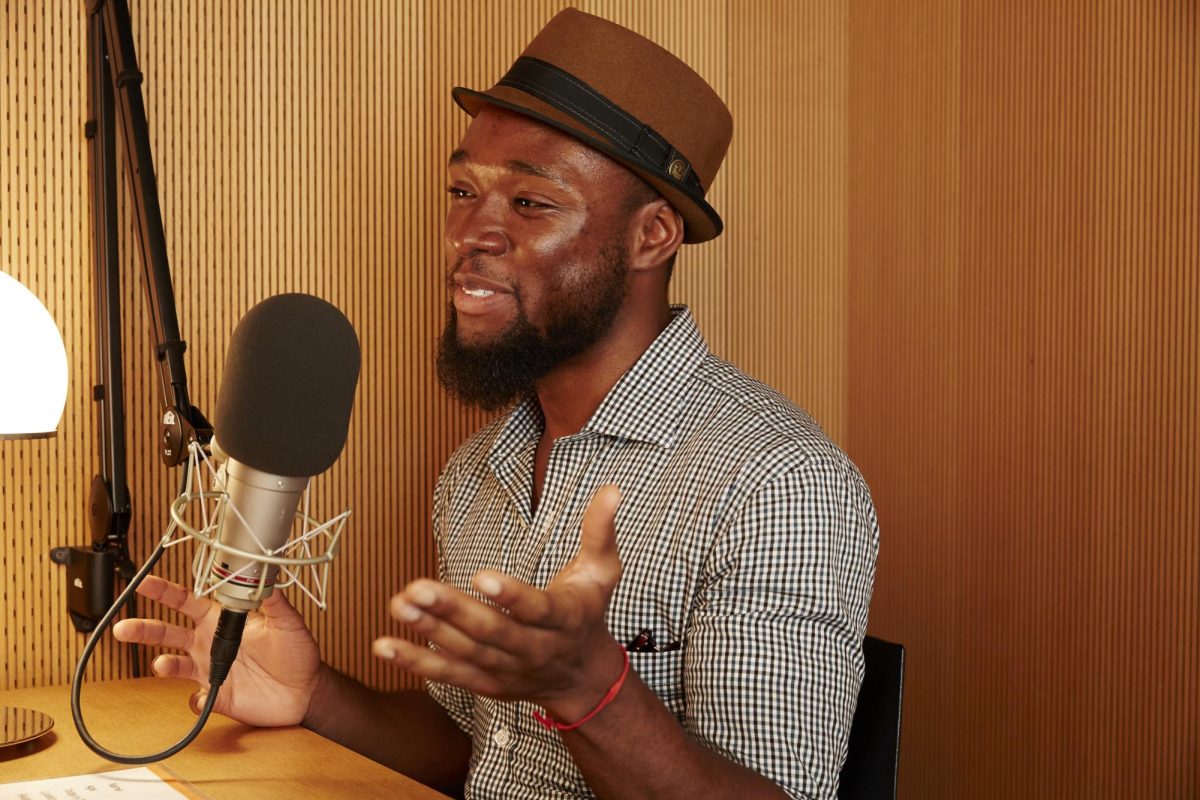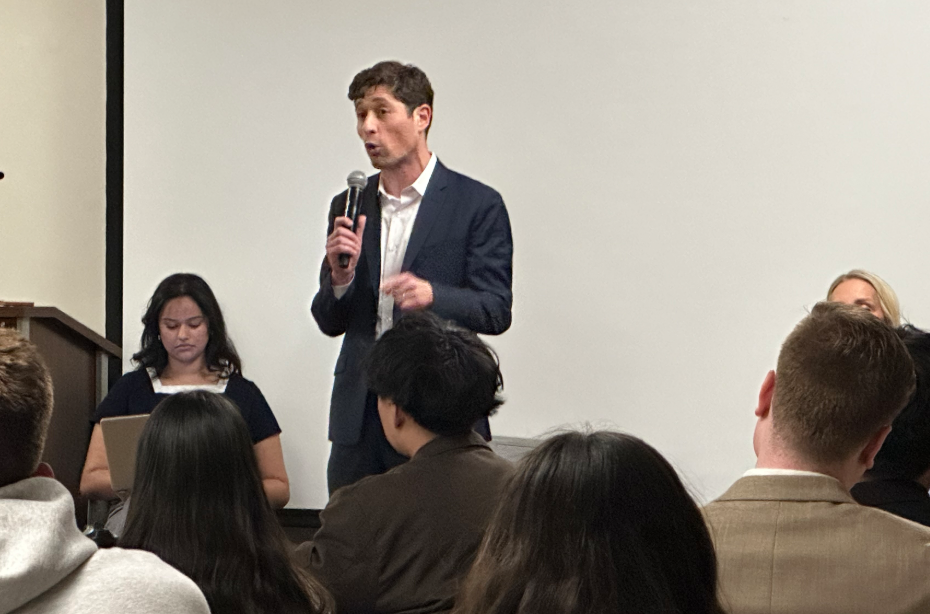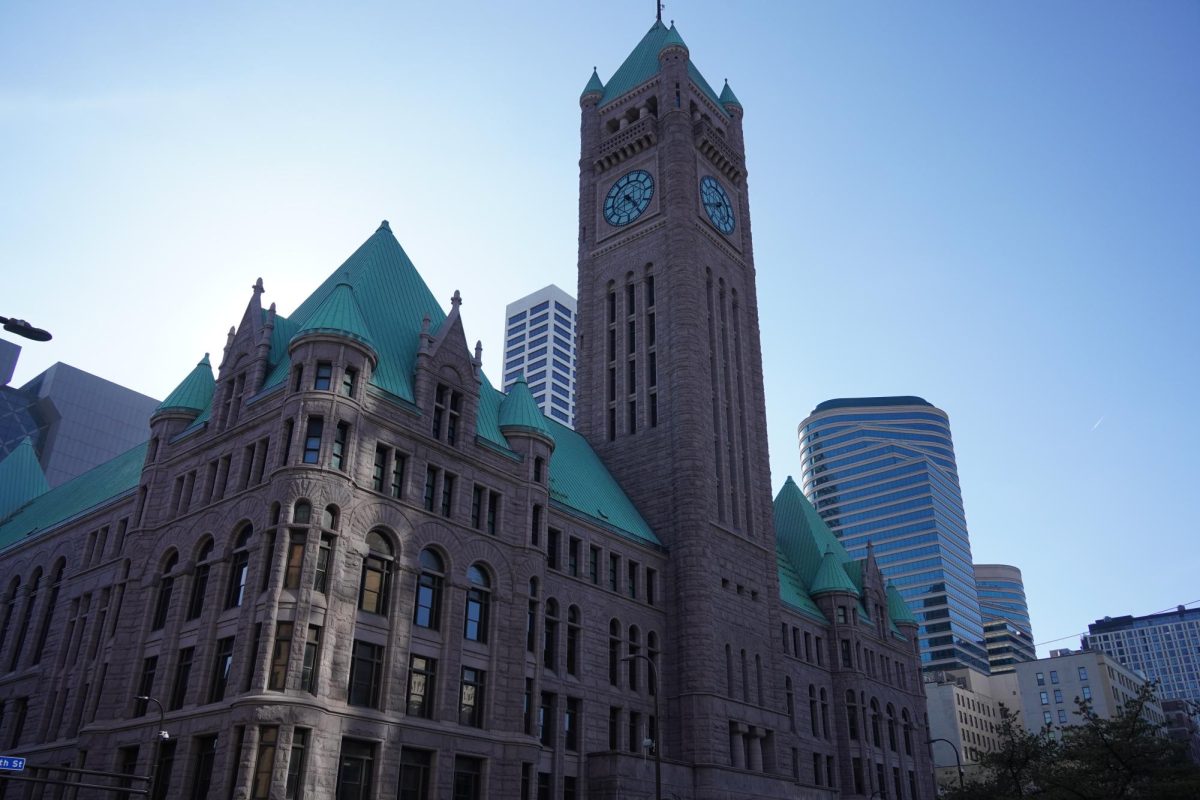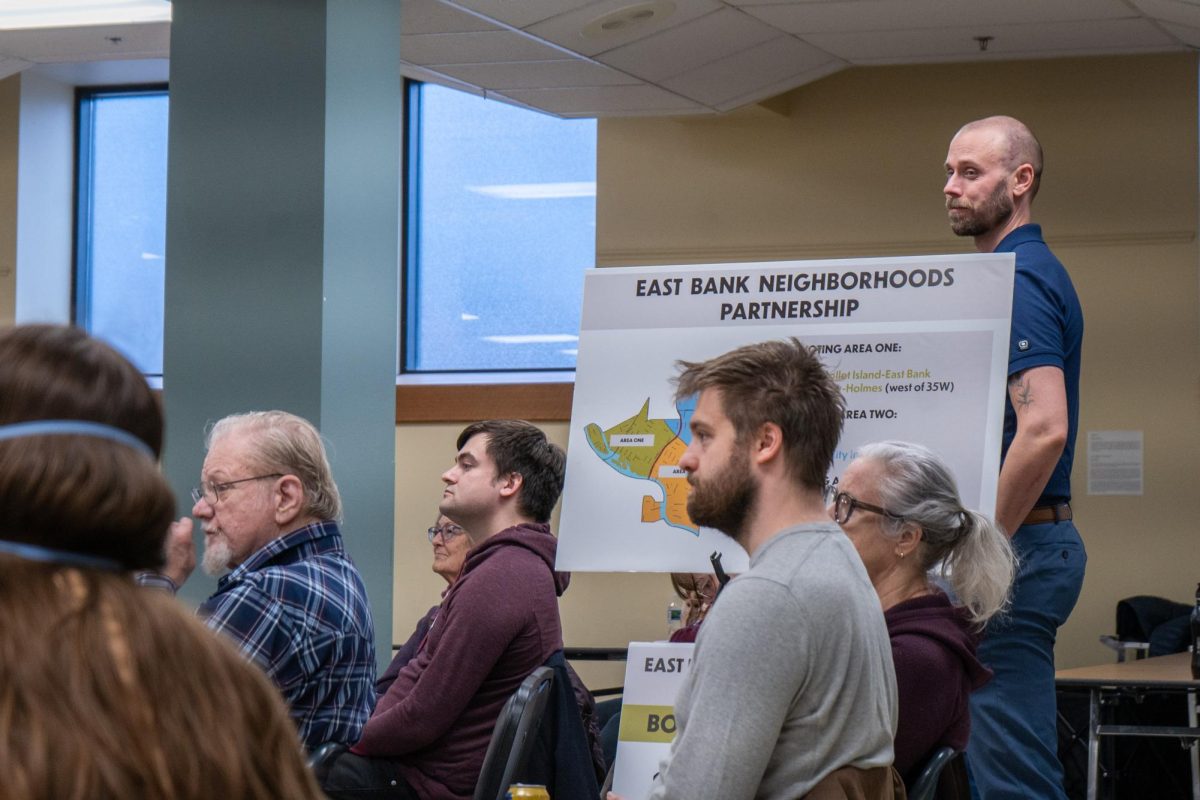With a new facility in the works, campus bee scientists are abuzz over prospective research.
The nearly $6 million St. Paul campus Bee and Pollinator Research Lab, which opens its doors Oct. 29, will study many different types of bees in hopes of curbing the declining population.
The 10,000-square-foot facility — which was two-thirds funded by the state — includes lab space, offices and observation hives for multiple types of bees, including native and honey bees.
Marla Spivak, a University entomology professor who studies honey bees, said the old research facility was in bad shape.
“Our former facility was run-down, falling apart,” she said.
One of the highlights of the facility will be its molecular lab, said Dan Cariveau, an assistant entomology professor who studies native bees.
Spivak said the molecular lab will help them focus on the study of bee cells and how viruses affect them.
The cells are similar to a human cell line known as HeLa cells, she said, which have been widely used in biomedical research to explore the processes of various human diseases.
“Much of our human medicine came from working on the HeLa cells, and so we hope to do the same with our honey bee cells,” Spivak said.
A professor for over 20 years, she said she and other researchers previously had to move between Hodson Hall — the old bee lab — and equipment storage sheds to work on their research.
With everything in one location, she said researchers’ work will be more efficient.
“We’ll continue to do the great research that we’re doing, but it’ll be much easier to do,” she said.
Cariveau said he thinks the shared lab space could lead to breakthroughs in research, since researchers will be able to exchange ideas more frequently.
“It allows you to kind of… ask people questions and get into conversations at the water cooler that, I think, really do become quite productive,” he said.
Brian Buhr, dean of the College of Food, Agricultural and Natural Resource Sciences, said the new facility should also attract more funding for researchers applying for grants.
Buhr said he hopes the lab will bring more high-profile bee researchers to the University, as well as more graduate students.
“In this facility, we will be able to host national and international visiting scientists,” Spivak said. “It’ll really improve what we can do.”
The facility will also help the college engage in more education outreach for youth and underrepresented communities, Buhr said.
“It does offer a place where, even though it won’t be a true outreach educational center, it has that ability to build in some of that connection as well,” he said.











